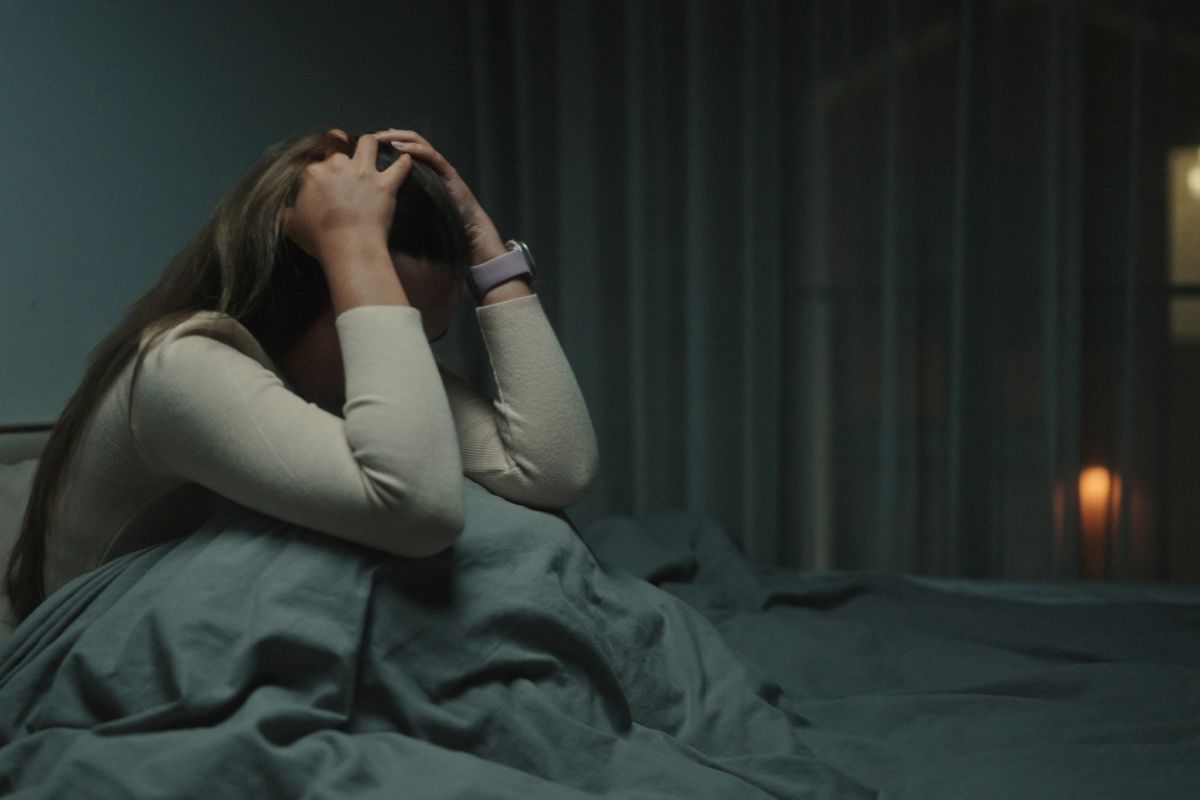It’s been a little more than a year since regulators killed off a federal requirement for Drug Enforcement Administration (DEA) waivers for caregivers to prescribe buprenorphine.
In short, the waiver’s demise meant that anyone with the proper certification could prescribe the opioid replacement.
Despite that, the drug – long considered an effective, if underrated, opioid abuse treatment – has failed to gain traction.
To address that disconnect, a group of University of Michigan researchers shared the results of their latest research in the latest issue of the New England Journal of Medicine.
More Prescribers Don’t Mean More Prescriptions
The paper shows that the number of buprenorphine prescribers skyrocketed immediately after the policy shift. By December of last year, more than 53,600 clinicians were doling out buprenorphine prescriptions, an increase of 11,500 over December 2022.
But the jump in providers didn’t lead to a corresponding improvement in patient care. In 2022, for example, between 810,000 and 830,000 Americans received buprenorphine prescriptions every month. By January 2023, those numbers remained largely unchanged.
“Our findings suggest that elimination of the federal waiver requirement reduced barriers to buprenorphine prescribing but unfortunately was insufficient to increase overall use,” Kao-Ping Chua, M.D., Ph.D., the study’s first author, said.
The study did reveal that the number of patients starting buprenorphine for the first time saw an uptick in January 2023. By December of that same year, more than 48,200 patients started taking the medication – up from the 46,500 patients who started in December 2022. The researchers explained that these numbers include anyone who hadn’t received the synthetic opioid for at least six months.
“The fact that this policy failed to increase the number of patients with buprenorphine prescriptions through the first year of implementation highlights the many other barriers to buprenorphine prescribing that must be overcome,” senior study author Thuy Nguyen, Ph.D., added.
Stubborn Buprenorphine Trend Persists
The feds killed the waiver mandate to promote access to the drug, but Chua and his team revealed that even with earlier policy changes, the number of new patients using buprenorphine for the first time remained static from 2019 to 2022.
The study authors suggest that the stigma of treating people with opioid addiction, along with the challenge inherent in adding new types of care and support in primary care clinics and pain clinics already bogged down with other patient demands could be hampering the number of patients looking for care.
Further Reading:
Emerging Trends in Opioid Use Disorder Management



